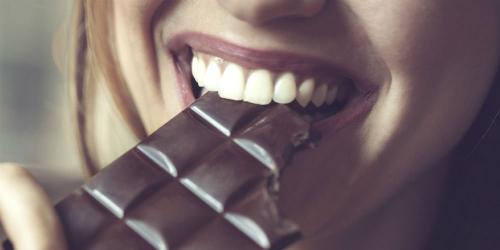What are our iron needs?
Iron ? We would need 16 mg per day to cover our estimated needs of 2 mg per day. These vary according to many circumstances: a woman often needs more iron than a man, simply because as long as we have our period, we lose blood, so hemoglobin, so iron. There is also an increased need for iron during pregnancy. This is why midwives and gynecologists prescribe iron during pregnancy to prevent fatigue due to blood loss during delivery.
What good is the iron we swallow?
Iron contributes to the production of hemoglobin that carries oxygen in our cells . In other words without iron no health at the top. Moreover, when one lacks iron one is anemic and this is characterized by a pallor of the skin and fatigue.
The iron of vegetables is not the iron of meat
To refuel iron, simply put iron source food on your plate. Namely: iron from foods of animal origin is more easily assimilated than plant iron. Heme iron is used when it comes from meat, eggs, fish and non-heme iron when it comes to plant iron such as lentils, chick peas, dried fruits, whole grains.
How to better absorb iron from food?
The problem with iron is that we assimilate only a small part (between 5 and 10% of what we swallow). Thus, the iron present in meat is "bioavailable" only 25% On the other hand plants, iron is bioavailable at 10%. And spinach? Contrary to the legend conveyed by Popeye, spinach contains little iron and its bioavailability is low. On the other hand spinach brings vitamin C which is essential for the good assimilation of the iron. Also to better assimilate the iron of the diet, it is advisable to take vitamin C at the same time (orange juice, raw vegetables, fruits, green vegetables ....). Conversely, tea rich in tannins disrupts the proper assimilation of iron . Just like coffee.
To find the best sources of iron in the diet, click on our slideshow (Sce: Ciqual)


